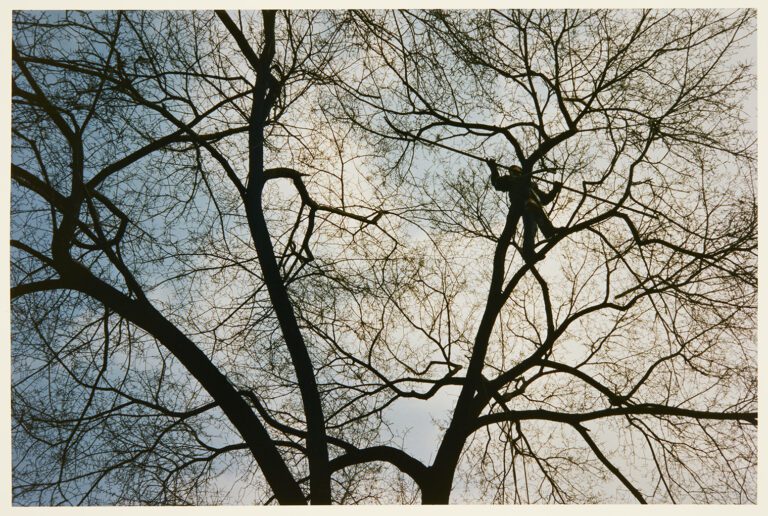
Since the invention of the camera, photographers have enthralled viewers by interpreting the natural world. Viewfinders: Photographers Fame Nature explores artists’ varied responses to the relationship between nature and humans.
These lens-based works reveal the divergent ways in which nature continues to fuel documentation of the human experience and imagination—from images symbolizing the untamed power of nature to those where the landscape has been abused for human consumption. It traces the lure of photography through five themes culminating in contemporary times where every person with a smartphone has the power to “frame nature.”
Photographers Frame Nautre is now open at the Heckscher Museum through April 16.
Guest Curator Susan Van Scoy, associate professor of art history at St. Joseph’s University, has selected black and white, color, and digital photography, photomontage, and video, dating from the late 19th century to the present from the Museum’s permanent collection.
Legendary American photographic artists such as Edward Steichen, Larry Fink, and Berenice Abbott are represented, as are newly acquired photographs by Kenji Nakahashi and Jeremy Dennis. Dr. Van Scoy also selected a substantial number of works by notable Long Island image makers.
More than 70 works will be grouped thematically into five sections: Picturesque, Wild Nature, Denatured, Abstract, and Imaginative Nature.
“Landscape and photography have always been closely intertwined–in fact, the world’s first automatic photograph was a landscape and photography was first referred to as ‘sun pictures’ or ‘drawings from nature,” said Van Scoy. “Artists have long used landscape as a vehicle to explore other issues such as poetry, spirituality, philosophy, and environmentalism. The images featured in Viewfinders are no exception–they are teeming with hidden meaning.“
Picturesque is the most popular type of landscape photography and follows a formula used in early 17th-century paintings. We expect a pretty landscape to include a central shimmering body of water, framed by trees. Later, landscape architects followed the formula in designing New York’s Central Park, and Huntington’s Caumsett Historic Park Preserve, and photographers followed in capturing the images. Caumsett Park was a favorite of photographers N. Jay Jaffee and Neil Scholl whose work is featured in Viewfinders.
Wild Nature is in many ways the opposite of the picturesque. It features vast, rugged natural scenes emphasizing the power of nature. At photography’s infancy, photographers flocked to places such as Niagara Falls to create sublime views that contributed to American nationalist iconography as well as a robust tourist industry. The hunger for sublime views and the thrill of adventure continues today with extreme travel reality shows, adventure programs, and photography on social media. [Image: George Barker, Niagara Falls, 1888, albumen print. Gift of Neil Scholl.]
Denatured reveals what happens when humans try to control or degrade the land causing the natural qualities of a landscape to be removed or permanently altered. Photographs in this section feature urban congestion, industrialization, and attempts to control nature.
Abstract landscapes discarded the standard compositional formats and narrative in place of close-up, cropped, dynamic perspectives without any reference to human touch –as seen in William Eggleston’s “Jamaica Botanical Series,” with close-ups of palms and ferns. The results were that nature became more about a spectacular “image.”
Imaginative Nature is the most ecologically minded landscape category in the exhibition. Here, artists create cut-and-paste collages, recycle found objects, reverse tones, and rely on reflective surfaces to create new, energetic landscapes that bring out the magical, whimsical quality of the natural world. For example, Barbara Roux creates mise-en-scènes in wooded areas with frames or mirrors placed against a leafy ground. The use of framed mirrors reflects the scene back to the viewer and connects them to nature, underlining human’s direct effect on the natural world.
Dr. Van Scoy is writing an essay for the brochure accompanying the exhibition.






